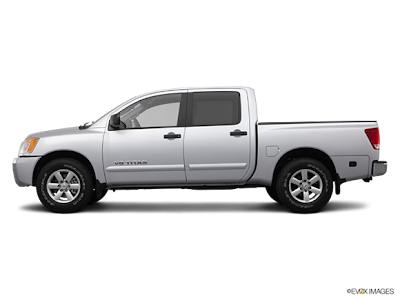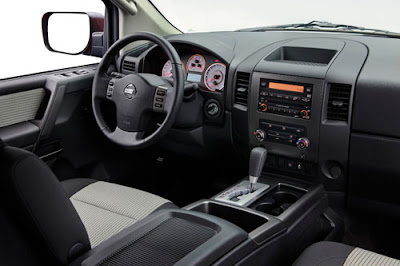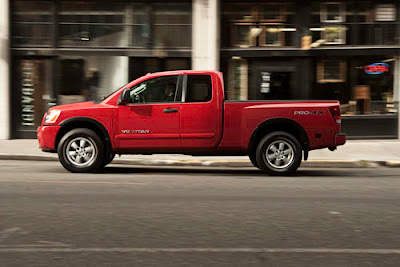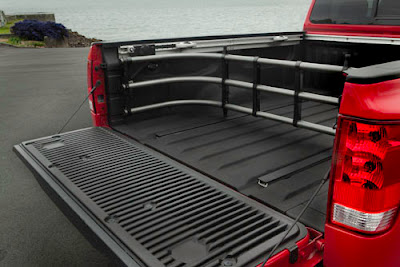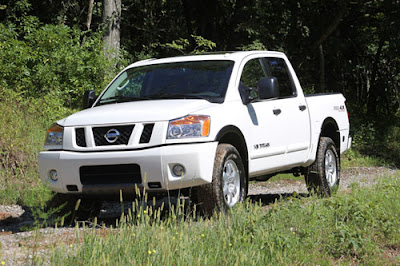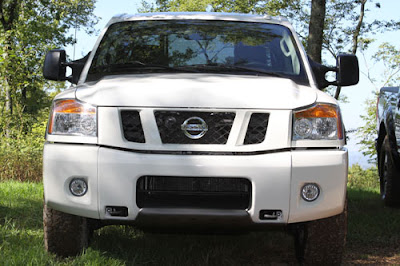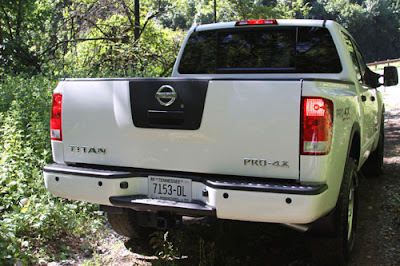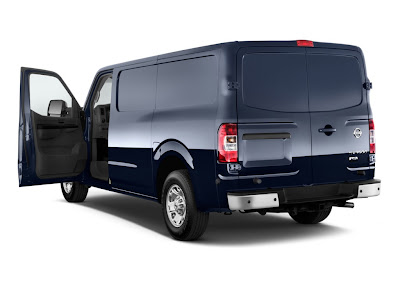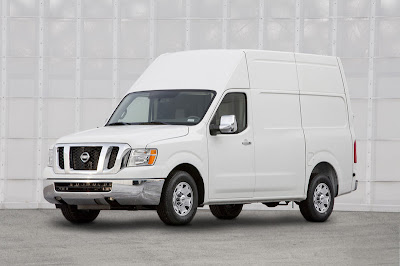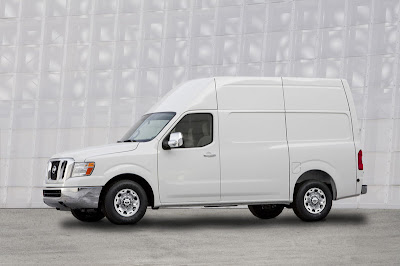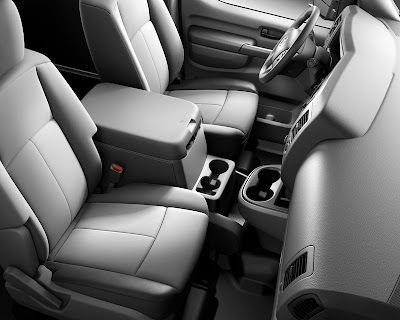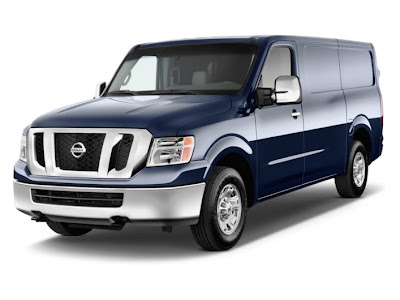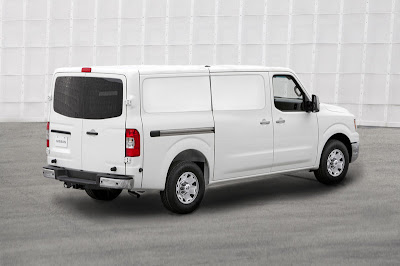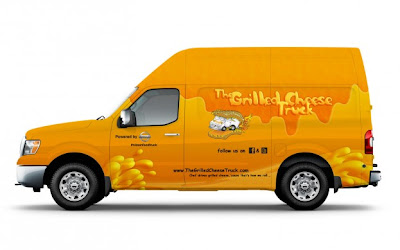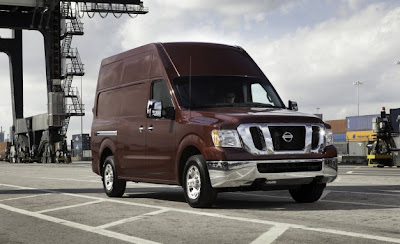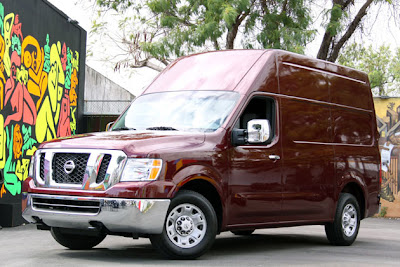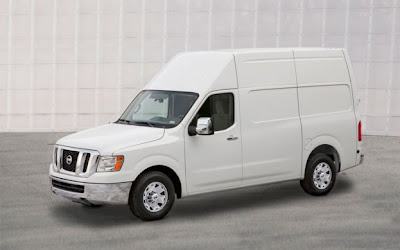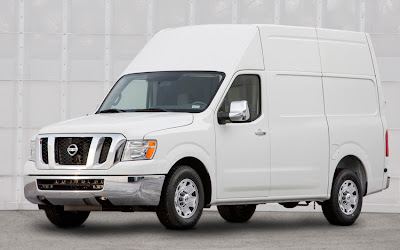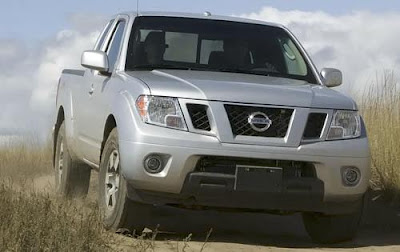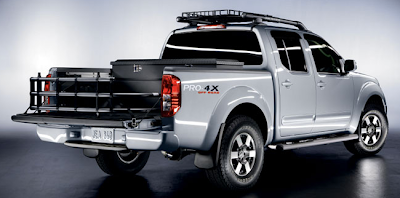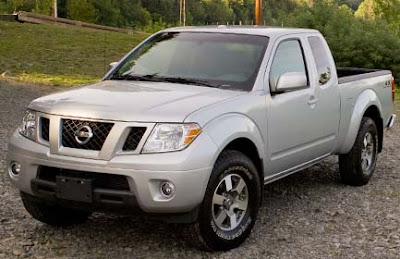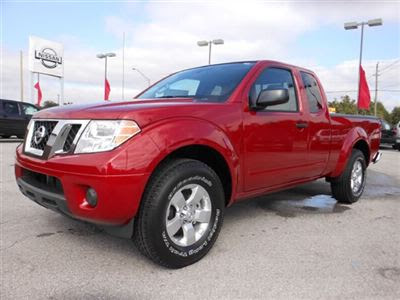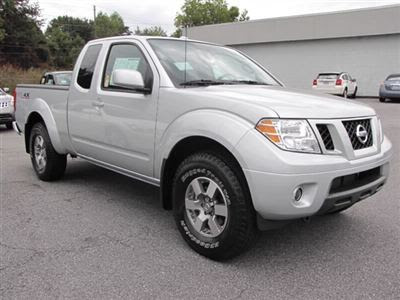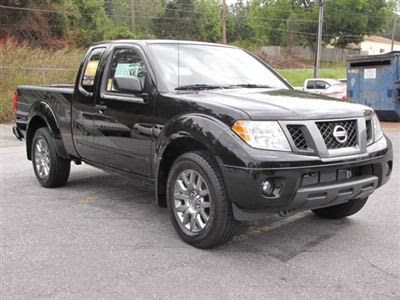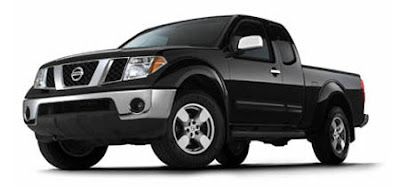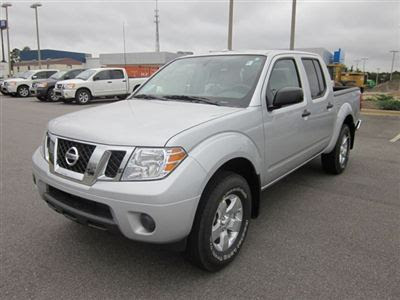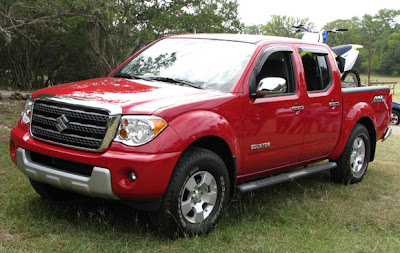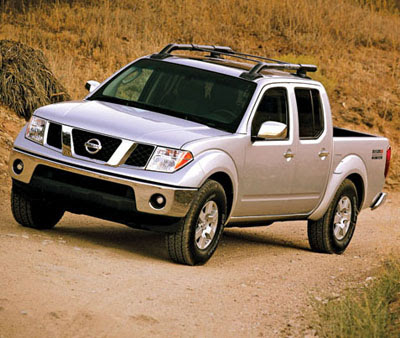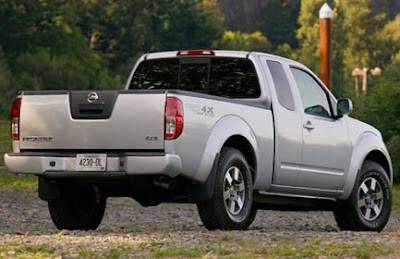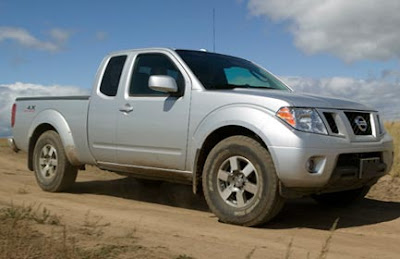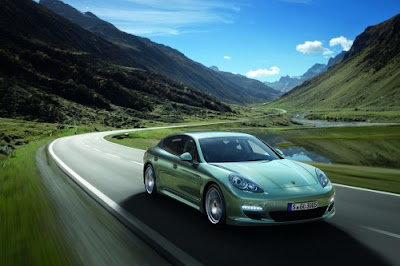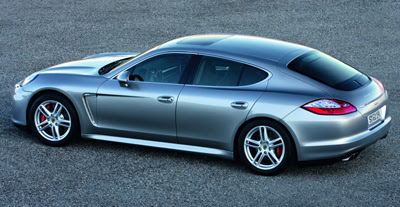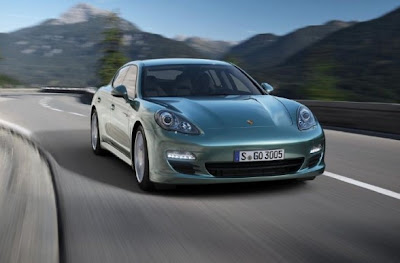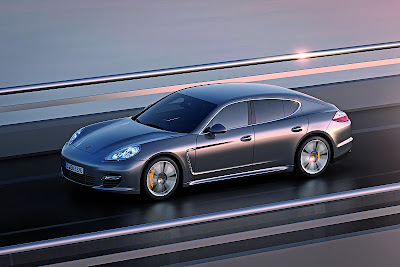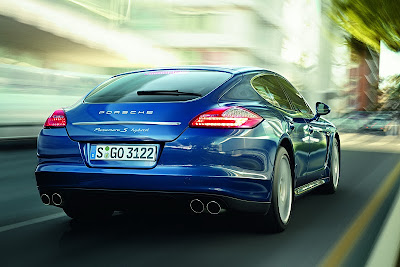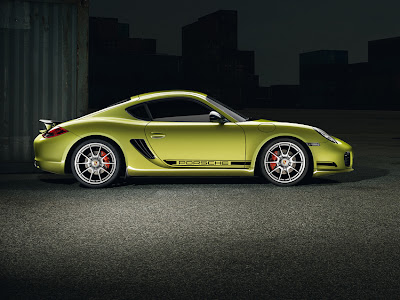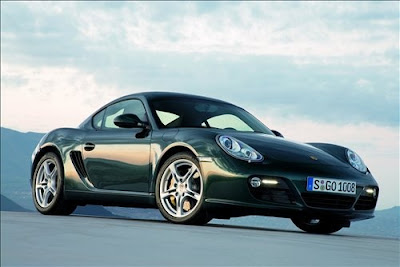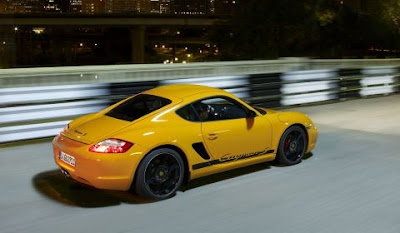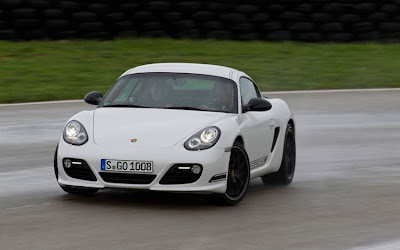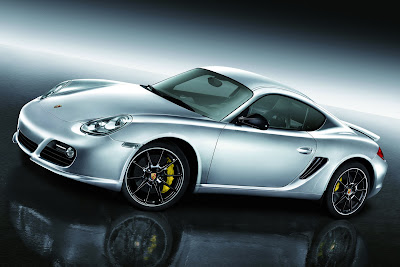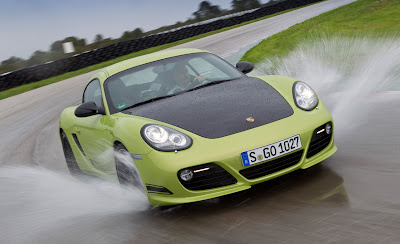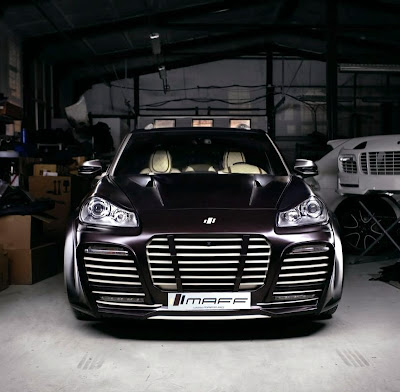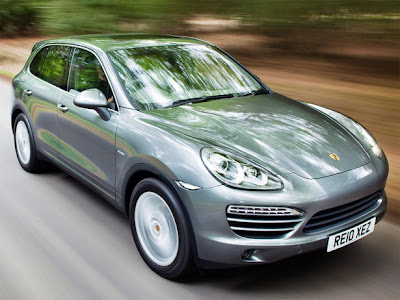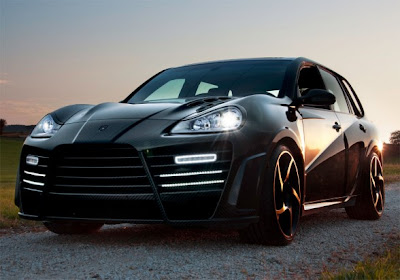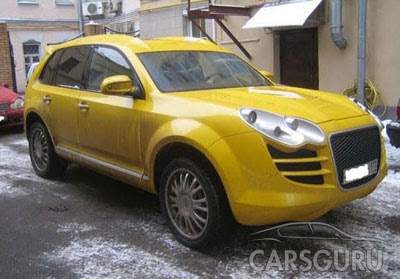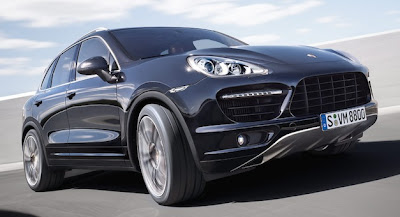What's New for 2012
A Turbo S model debuts atop the 2012 Porsche Panamera lineup, together with a hybrid model.
Introduction
Whoever said, "You can't have it all" has never driven a 2012 Porsche Panamera. With most alternative cars, luxury and performance are either mutually exclusive or need compromises on every finish of the spectrum. Not so with the Panamera, because the wizards at Porsche somehow blended the simplest of each worlds.
For 2012, the performance finish of the dimensions gets pushed a bit farther with the introduction of a new Panamera Turbo S model that generates an impressive 550 horsepower (compared to the anything-however-commonplace Turbo's 500 hp). There's also a replacement Panamera Hybrid that guarantees V8 performance with V6 fuel economy.
These new models boost the Panamera lineup to seven models. And even if you choose one among the a lot of basic V6 trims, we tend to doubt you will be disappointed. There is a lot of than enough power for the typical driver and plenty of the posh trappings that continue into the upper reaches of the model line.
Drawbacks are few. The Panamera will solely accommodate four passengers, though these passengers will be full-sized adults and will notice a high level of comfort in any seat. Options are quite expensive, sending the worth skyward in no time, however that is par for the course for cars in this section, and isn't doubtless to discourage this Porsche's wealthy demographic. The Panamera's unconventional styling can doubtless be the most issue for many shoppers.
In terms of competition, the BMW 7 Series, Jaguar XJ, Maserati Quattroporte and Mercedes-Benz S-Class are all ought to have thought. Among this lofty cluster of luxury cars, there extremely isn't a loser within the bunch. The 2012 Porsche Panamera, but, is our pick for a automobile that delivers a lot of of everything to everyone.
Body Styles, Trim Levels, and Choices
The 2012 Porsche Panamera may be a four-passenger, four-door hatchback offered in seven trim levels: base, 4, S Hybrid, S, 4S, Turbo and Turbo S.
The base rear-wheel-drive Panamera is powered by a V6 and includes 18-inch wheels, automatic xenon headlights, LED daytime running lights, a pop-up rear spoiler, adaptive suspension dampers, rear parking sensors, a sunroof, a power rear hatch and auto-dimming mirrors.
Normal options inside the cabin embody twin-zone automatic climate management, a tilt-and-telescoping steering column, eight-approach power front seats, driver memory functions, a cooled glovebox, heated front seats, leather upholstery, a 60/forty-split rear seatback and rear bucket seats. Conjointly commonplace are a laborious-drive-based navigation system and an eleven-speaker sound system with a USB/iPod interface and an auxiliary audio jack. The Panamera 4 differs solely in that it's all-wheel drive.
The Panamera S Hybrid goes without a number of the features listed on top of, notably the xenon headlights and parking sensors. The automatic climate control is replaced by conventional air-conditioning, however Bluetooth is included.
The V8-powered Panamera S and all-wheel-drive 4S embody all of the options found within the non-hybrid V6 models, plus adaptive headlights, further interior lighting, driver-seat memory and shift paddles.
The Panamera Turbo and Turbo S add a turbocharged V8, 19-in. wheels, extra rear spoiler articulation, an adaptive air suspension with load-leveling and adjustable ride height, front parking sensors, a keyless ignition/entry, fourteen-method power front seats and adjustable lumbar support, expanded driver memory functions, an influence-adjustable steering column, heated rear seats, a full leather interior, a microfiber suede headliner and a 14-speaker Bose surround-sound audio system.
In typical Porsche tradition, a terribly lengthy and expensive list of choices allows patrons to easily customize the cars. For example, alternative than their engine, all of the Turbo models' additional features are on the market on the S and 4S.
Different choices embody ceramic-composite brakes, variable-assist power steering, Porsche Dynamic Chassis Control (adaptive antiroll bars and a restricted-slip rear differential), 20-inch wheels, a rear windshield wiper, ventilated front and back seats, eight-approach power rear seats (switches seat-folding to 40/20/40), adaptive sport front seats that embody adjustable side bolsters, "ruffled" leather upholstery, a heated steering wheel, four-zone climate management, rear sunshades, rear ambient lighting, a rear-seat refrigerator, Bluetooth, a rearview camera, voice management, a rear-seat entertainment system, satellite radio, a six-disc CD/DVD changer and a sixteen-speaker Burmester surround-sound audio system.
The Sport Chrono Package And adds analog and digital stopwatches and adjustable engine and suspension settings. The Sport Design package dresses up the Panamera's exterior with a special front fascia with wider intake grilles and aspect skirts. There are also countless ways in which to customise practically every interior surface with different shades of leather, wood, metal, carbon fiber and paint.
Powertrains and Performance
The 2012 Porsche Panamera and Panamera 4 are powered by a front-mounted three.6-liter V6 that produces 300 horsepower and 295 pound-feet of torque. The Porsche Panamera S and 4S receive a 4.8-liter V8 smart for four hundred hp and 369 lb-ft of torque. The Panamera Turbo gets a twin-turbocharged version of the same V8 for a grand total of 500 hp and 516 lb-ft of torque. Adding the optional Sport Chrono Turbo package briefly will increase torque to 568 lb-ft with a turbo overboost. The new Turbo S dials output up to 550 hp and 553 lb-ft (590 lb-ft with overboost).
Each gasoline-solely Panamera is supplied with a seven-speed twin-clutch automated manual transmission. The Panamera and Panamera S supply rear-wheel drive, while the Panamera four, 4S and Turbo are equipped with all-wheel drive.
The Panamera S Hybrid receives a supercharged 3.0-liter V6 that is paired with a 35kW electrical motor for a combined maximum output of 380 hp and 428 lb-ft of torque. The solely out there transmission is an eight-speed automatic with manual shift control that sends power to the rear wheels.
In recent testing by Edmunds, the base Panamera V6 accelerated from zero to 60 mph in five.eight seconds. The V8-powered Panamera 4S impressed us with a four.six-second run. The Panamera Turbo and Turbo S left us awestruck, turning in identical 3.7-second blasts. The Panamera S Hybrid is estimated by Porsche to make the run in 5.7 seconds.
Fuel economy is seemingly not a primary concern to patrons in this market segment, but one notable item in the Panamera's list of features is an auto begin/stop feature (something normally associated solely with hybrid vehicles) that reduces fuel consumption by shutting off the engine whenever the car involves a stop and then restarting it automatically when you're ready to go once more.
The EPA estimates fuel consumption at eighteen mpg city/27 mpg highway and twenty one mpg combined for the bottom Panamera, while the Panamera 4 makes eighteen/twenty six/twenty one mpg. Most potency comes from the Hybrid, that posts an spectacular 22/thirty/twenty five mpg.
The V8-powered Panamera S and 4S are each rated at sixteen/24/nineteen mpg, while the Panamera Turbo models achieve solely 15/twenty three/18 mpg.
Safety
Every 2012 Porsche Panamera comes customary with antilock brakes, stability and traction management, front and rear side airbags, side curtain airbags and front knee airbags. Ceramic-composite brakes and a rearview camera are optional. With the standard brakes, each the Panamera 4S and Turbo models stopped from 60 mph in incredibly short distances: 109 feet and 112 feet, respectively.
Interior Design and Special Features
From the driver seat, there's no mistaking the Panamera's interior for something however a Porsche, as a result of styling cues from the Porsche 91one echo throughout the cabin. The tachometer is centered in the instrument cluster and flanked by the speedometer, a multifunction display and supporting gauges.
The Panamera lacks a centralized management system like BMW's iDrive, and therefore, there are far more than 80 buttons and knobs littering the cockpit. Fortunately, these buttons are logically grouped and placed, and when time, operation becomes intuitive. Some may even realize the multitude of controls preferable to shuffling through on-screen menus.
All four seats are similar in appearance and luxury. These well-fashioned seats offer glorious levels of support when cornering with masses of comfort during long-distance touring. The rear quarters afford enough area for even taller adults, and also the seats can be fitted with options to form them power-adjustable, heated and cooled. The hatchback-vogue trunk can hold an impressive fifteen.7 cubic feet (eleven.eight with the Hybrid) and forty four.half dozen cubes with the rear seats folded flat (the Hybrid S drops to 40.7 cubes). The hatch gap could be a bit slim, though, and also the cargo bed is high, complicating the loading of bulkier things.
Porsche 2012 Panamera